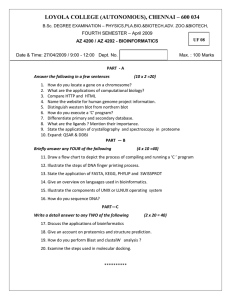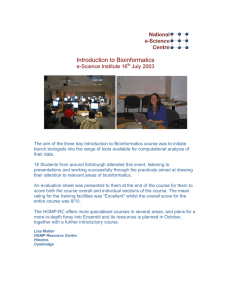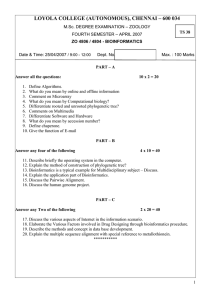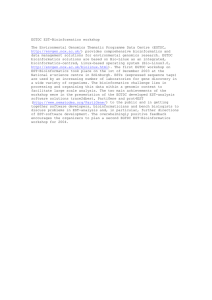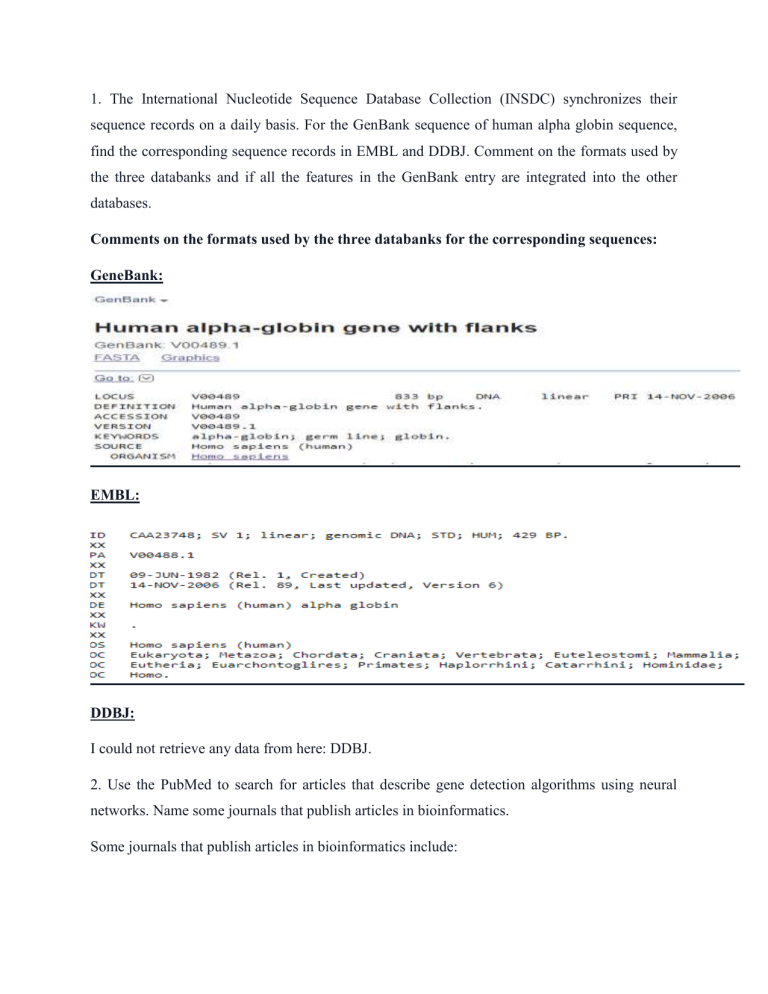
1. The International Nucleotide Sequence Database Collection (INSDC) synchronizes their sequence records on a daily basis. For the GenBank sequence of human alpha globin sequence, find the corresponding sequence records in EMBL and DDBJ. Comment on the formats used by the three databanks and if all the features in the GenBank entry are integrated into the other databases. Comments on the formats used by the three databanks for the corresponding sequences: GeneBank: EMBL: DDBJ: I could not retrieve any data from here: DDBJ. 2. Use the PubMed to search for articles that describe gene detection algorithms using neural networks. Name some journals that publish articles in bioinformatics. Some journals that publish articles in bioinformatics include: Bioinformatics BMC Bioinformatics PLOS Computational Biology Briefings in Bioinformatics Journal of Computational Biology IEEE/ACM Transactions on Computational Biology and Bioinformatics Here is some of the journals searched in the PubMed website: 3. Obtain information provided on BRC2 protein, implicated in susceptibility to breast cancer, from the SWISS-PROT database (http://www.expasy.org/sprot/). How many different sequences of this protein are provided? Comment on how they are different. In summary, there is only one sequence of the BRC2 protein provided in the SWISS-PROT database. This is because the BRC2 protein is a specific protein with a unique sequence. However, there may be different variants of the protein due to genetic variations or post-translational modifications. The SWISS-PROT entry provides information on these variants and their functional implications. 4. Perform the same analysis on the haemoglobin protein as you did in the question 3 above. This time use the PIR database. Also, run these searches on the UniProt (http://www.uniprot.org/). Do you find any significant enhancements in the information provided by UniProt? According to the PIR database, there are multiple entries for the hemoglobin protein, including entries for different species and variants of the protein. The entries provide information on the protein's sequence, function, structure, and post-translational modifications. They also include information on the gene, disease association, and related proteins. PIR database provides more comprehensive information on the hemoglobin protein compared to the UniProt database. The PIR entries include information on the protein's ontology, domains, and motifs, as well as its function, structure, post-translational modifications, and interactions with other proteins. They also provide information on the gene, disease association, and related proteins. In addition, the PIR database includes links to other databases and resources, such as the Protein Data Bank (PDB) and the Gene Ontology (GO) database. 5. Retrieve the 3D structure of bovine rhodopsin (a GPCR) from the PDB database (pdb: http://www.pdb.org). How many entries can you find? Have a closer look at the entry with the best crystallographic resolution for the complete protein. At what temperature was the crystallization carried out and how many cysteine bonds does the protein have? 6. In how many assays was the molecule Fenbendazole tested and in how many of these was it active? What is Fenbendazole used for and how does the molecule differ from Albendazole? Use the PubChem database (http://pubchem.ncbi.nlm.nih.gov/) to answer this question. Fenbendazole presents a wide spectrum anthelmintic effect. It is used against a number of gastrointestinal parasites including giardia, roundworms, hookworms, whipworms, and the Taenia genus of tapeworms, pinworms, aelurostrongylus, paragonimiasis, strongyles, and Strongyloides. Fenbendazole is approved to be administered under veterinary to sheep, cattle, horses, fish, dogs, cats, rabbits and seals. It has 36 active substance count when browse in PubChem database. Albendazole is an anti-parasitic prescription medicine approved by the U.S. Food and Drug Administration (FDA) for the treatment of two parasitic infections: neurocysticercosis and hydatid disease. Albendazole is also used to treat a parasitic infection called microsporidiosis. Microsporidiosis can be an opportunistic infection (OI) of HIV.It has 145 active substance count when browse in PubChem database.
